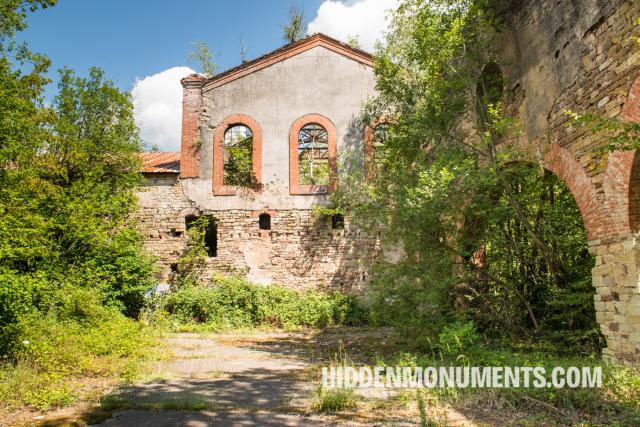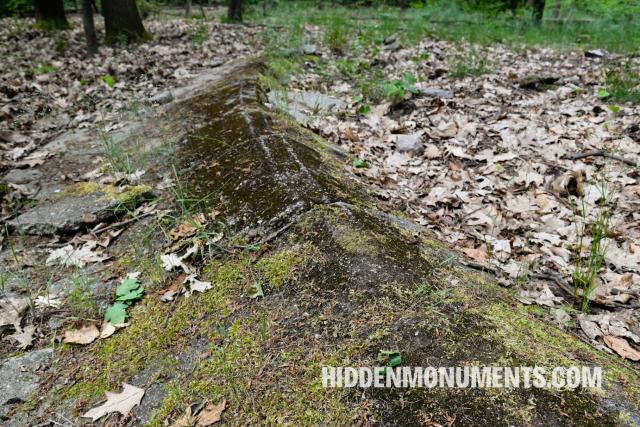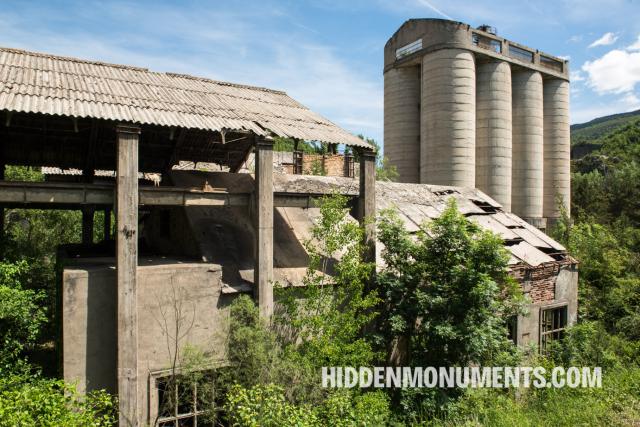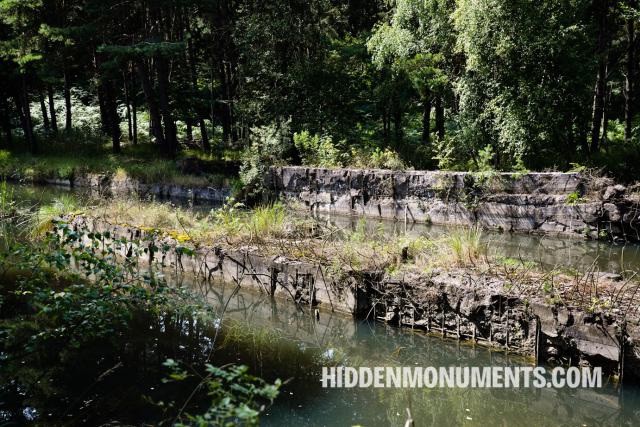The overgrown ruins and collapsed roofs of the French Arthur de Buyer coal mine at no point suggest that a French record was broken here in 1900.
Your guide to discover
hidden heritage sites in
Belgium and Europe
Recent Destinations
Explore the guides
In the 1950s, a cement factory opened in the heart of the Pyrenees. The quarry was a stone's throw away, while the coal came from the nearby mines of Malpàs. What could go wrong?
From 1936 onwards, hundreds of scientists, engineers and technicians settled in the German fishing village of Peenemünde on the Baltic Sea to develop and test the V2 rocket.
On the Stralau headland between the Spree and Rummelsburger See, in Germany's capital, Berlin, you'll find some impressive industrial heritage, established by the Jewish businessman Edmund Nathan in 1889: the ruins of the Stralau glass factory.
The Estrée viaduct stretches 27 meters above Chaussée d'Alsemberg, an abandoned railway bridge over which no trains have passed for more than forty years.
Three striking headframes from three different eras stand in the German Ewald coal mine, which closed its doors in 2000.
Latest from the blog
Do these monuments ring a bell with you? You might recognise the locations of films and series such as Doctor Who, Babylon Berlin, and Dark.
Recent Destinations on map
All photos and stories are copyrighted. Of course, linking to articles on the site is possible and allowed.
If you would like to use photos or articles from this website, please contact bart@hiddenmonuments.com.
© 2003-2024 Hiddenmonuments.com



















